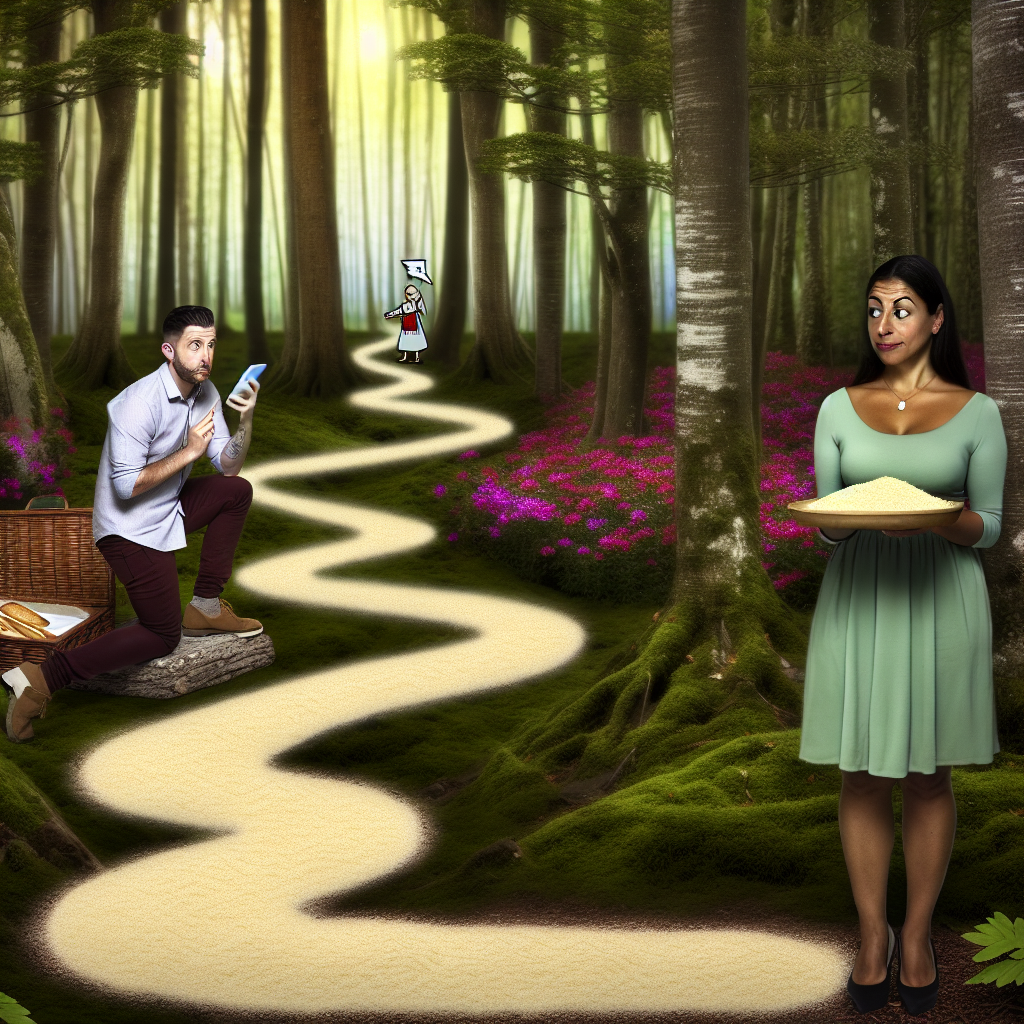How to Use Google Trends to Predict Dating App Behavior
In the age of digital romance, dating has become increasingly driven by data. With millions of users navigating an ever-evolving array of dating apps like Tinder, Bumble, Hinge, and niche platforms, understanding user behavior can give savvy singles a significant edge. One unlikely yet powerful tool to gain this insight is Google Trends.
Why Google Trends is the Daters’ Secret Weapon
While using Google Trends as a diagnostic tool for dating app behavior is relatively new, its efficacy in gauging broader psychological and cultural trends is well-documented. Several academic and professional studies support the connection between Google search behaviors and real-world emotions and actions, which can, in turn, inform dating strategies.
A pivotal study by [Stephens-Davidowitz (2013)](https://www.nytimes.com/2013/12/08/opinion/sunday/google-searches-reveal-our-fears.html) published in the New York Times revealed how Google search data could predict behaviors, including those driven by emotion, such as loneliness or heartbreak. Searches for “why am I lonely” or “how to get over a breakup” tend to peak during the holiday season and early winter months—coinciding with increased dating app sign-ups. Singles who analyze such patterns can identify when the general population is more receptive to romantic connections.
Another example: A [Pew Research Center study from 2023](https://www.pewresearch.org/internet/2023/02/02/online-dating-usage/) found that online dating continues to grow rapidly among U.S. adults across all demographics, with meaningful spikes in profile creation around particular times of year. When you cross-reference that with Google Trends data showing peaks in searches for “create dating profile” or “find a date online,” a clear picture emerges of when user engagement is highest—giving daters ideal times to make moves.
Emotions, Search Patterns, and Seasonal Dating Surges
Additional studies in digital sociology suggest our online search behavior often reflects our subconscious social and emotional states before we’re even aware of them ourselves. According to research from [Harvard University (2021)](https://digital.hbs.edu/platform-digit/submission/the-power-of-google-searches-in-predicting-real-world-events/), analyzing Google Trends around intimacy-related queries—such as “relationship goals,” “what women want,” or “how to flirt”—can accurately detect cultural shifts in dating behavior by age, gender, and region.
Marketing psychology also plays a role. Professionals in the digital marketing sphere use Google Trends to match trends with consumer readiness. Similarly, singles can leverage this by watching keyword changes (“best senior dating sites” or “dating after divorce”) to see which topics are gaining steam.
Medical research even suggests seasonal affective disorder (SAD), which tends to strike during the darker, colder months, contributes to search upticks for keywords related to companionship and relationships. Search spikes for phrases like “feeling lonely,” “how to meet someone new,” or even “single on Valentine’s Day” correlate almost perfectly with dating app download booms.
How to Use Google Trends for Smarter, More Strategic Dating
With Google Trends, users can filter by gender, age group, location, and even device usage to reveal deeply nuanced behavioral patterns. For example, you may discover that searches for “best dating app for introverts” are climbing in urban areas—offering a clue that personality-aligned platforms may soon trend.
This rich data landscape empowers singles to make more informed dating decisions. Just as one might prepare a resume for a job opening during hiring season, crafting or updating a dating app profile based on real-life, data-driven timing and preferences can significantly enhance success in making meaningful connections.
Some smart strategies include:
– 🌟 Creating or refreshing your dating profile during seasonal spikes
– 🎯 Aligning profile language and photos to match trending search terms
– 📅 Prioritizing app usage during identified peak engagement windows
– 🧠 Tapping into emotional and cultural trends to foster genuine connections
Final Thoughts: When in Doubt, Trend It Out
In the matchmaking game of modern life, information is influence. Google Trends offers daters a smart, data-driven advantage by surfacing behavioral insights that can lead to better timing, sharper profile strategies, and emotionally aware communication. Whether you’re 18 or 80, a little search-savviness could be the secret ingredient to greater, smarter success in your romantic life.
**Summary:**
Google Trends can be a powerful tool for singles to gain valuable insights into dating app user behavior and trends. By analyzing search data, daters can identify peak usage times, emerging interests, and emotional drivers that influence dating decisions. This information can then be used to optimize dating profiles, prioritize app usage, and foster more genuine connections. Whether you’re a seasoned single or just starting your digital dating journey, leveraging Google Trends can give you a strategic edge in the modern matchmaking landscape.
**References:**
1. [Stephens-Davidowitz, S. (2013). Google Searches Reveal Our Deepest Fears, Desires and Behaviors. *The New York Times*.](https://www.nytimes.com/2013/12/08/opinion/sunday/google-searches-reveal-our-fears.html)
2. [Pew Research Center. (2023). Online Dating & Relationships.](https://www.pewresearch.org/internet/2023/02/02/online-dating-usage/)
3. [Harvard University Study on Digital Behavior and Real-World Emotions (2021).](https://digital.hbs.edu/platform-digit/submission/the-power-of-google-searches-in-predicting-real-world-events/)
4. [Google Trends.](https://trends.google.com)

Dominic E. is a passionate filmmaker navigating the exciting intersection of art and science. By day, he delves into the complexities of the human body as a full-time medical writer, meticulously translating intricate medical concepts into accessible and engaging narratives. By night, he explores the boundless realm of cinematic storytelling, crafting narratives that evoke emotion and challenge perspectives. Film Student and Full-time Medical Writer for ContentVendor.com




